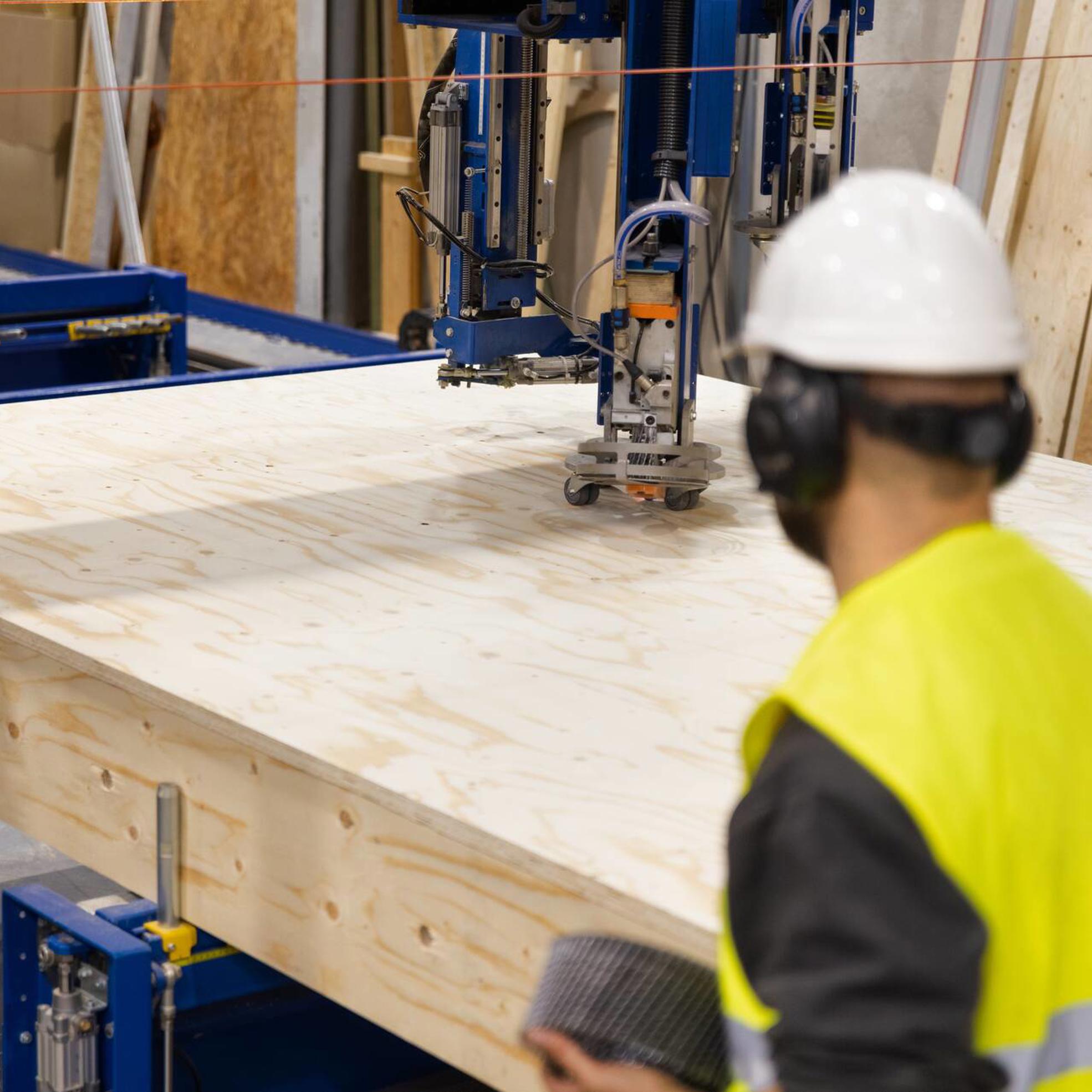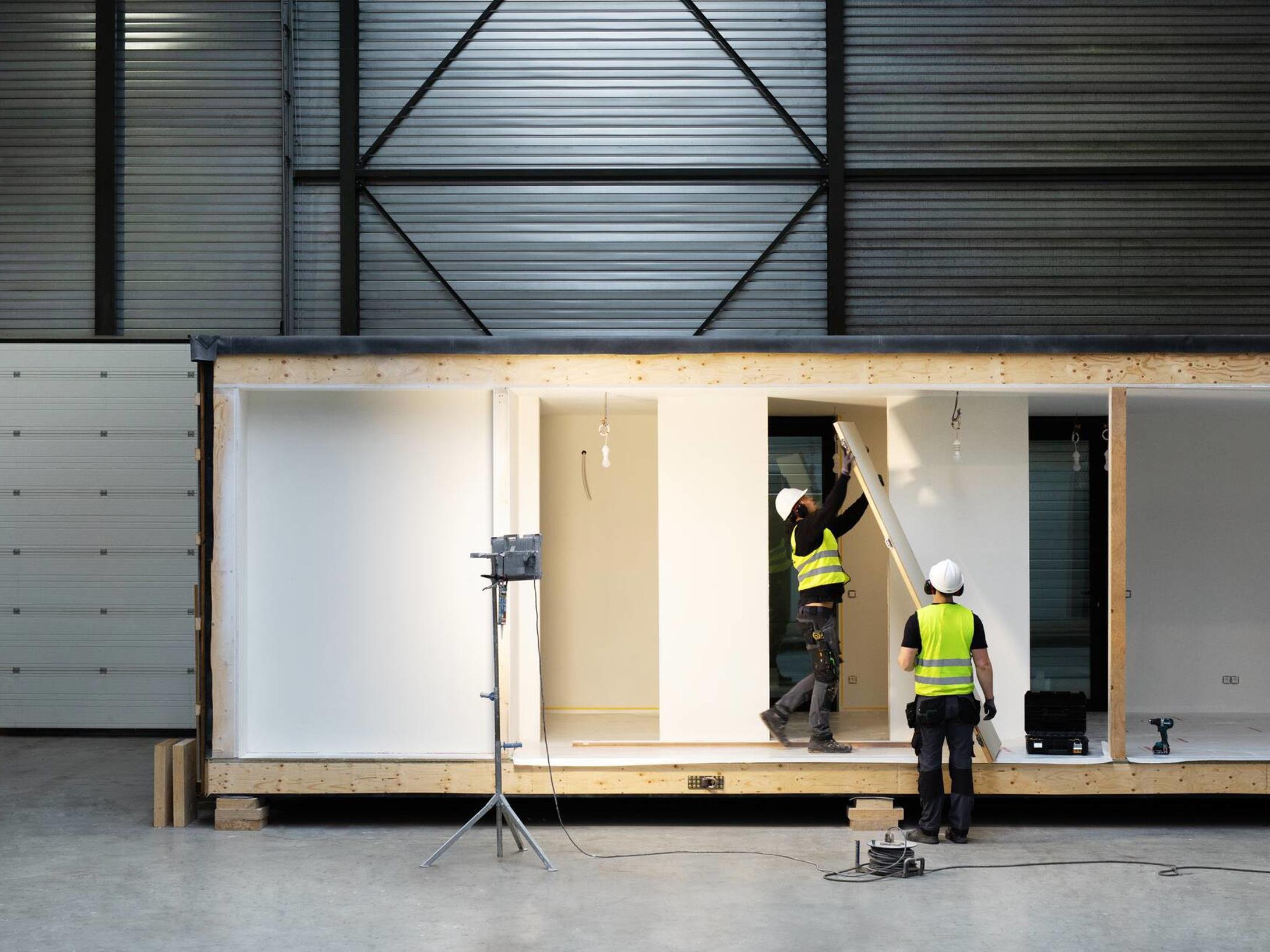“Not only does wood construction produce fewer emissions than conventional construction, but the material efficiency of wood construction and where the wood used in construction comes from is in the center of the discussions. In the Central European market in particular, there is a growing awareness of material efficiency.”
According to Mattila, who is responsible for sales of Kerto® LVL, the average consumer in the US does not yet think about climate and sustainability issues in construction, but large listed customers demand information about the origin of wood and material sustainability. "It is interesting to see how the industry trade fairs used to be exclusively attended by forestry, wood and construction professionals, and now increasingly by investors and the financial world.”
“We can demonstrate that the wood used to make our customers' timber elements comes from sustainably managed forests, we use every piece of wood as efficiently as possible. Although wood products are manufactured in Finland, the customer's final product is often manufactured close to the market, where local conditions are best known, we manufacture products and solutions that are suitable for that market.
According to Mattila, it is important to discuss the sustainable use and vitality of forests in customer meetings, since the well-being of forests is the basis of all production. "It is interesting for customers to use the origin of wood in their own communication and marketing, since family ownership of forests is a great value in the eyes of consumers. Wooden architecture also plays a major role in the growing interest in wood construction.


